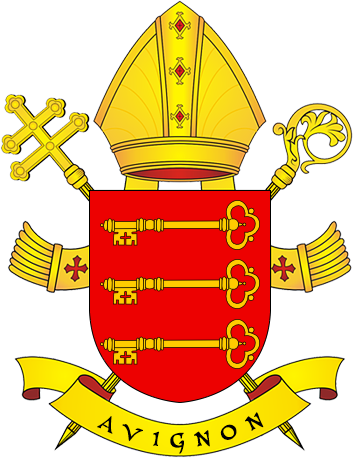Last weekend we were invited to my husband's aunt's house for Sunday lunch. Let me explain, this does not mean grilled cheese sandwiches and tomato soup. Sunday lunch in France is a true cultural experience that usually means several courses eaten leisurely. Time spent with your friends and family at the table is meant to be enjoyed and savored like the meal being served.
Beverages for everyone in the family. This is a time for chatting and catching up.
We arrived in time for "les apéros" cocktails and snacks. There was rum punch, juice, soda and of course Pastis. Pastis is an anise and licorice flavored alcohol traditionally from Provence and the south of France. This is not an adult-only part of the meal. Children and adults alike enjoy the pre-dinner banter while sharing snacks and drinks. It is fun to hang out with the host and hostess for a short time before the meal is served.


I love this picture of my mother-in-law and our aunt's mother!
They are so beautiful!
We moved to the dining room and took our seats at the table. Our aunt had dressed the table with pretty plates and napkins. We started the first course of tomato and mozzarella cheese stacks with a slice of ham. She prepared an "anchoïade"- a sauce with anchovies, for the tomatoes. I don't really love anchovies but this sauce was very good! My mother-in-law brought "gougères" - cheese puffs to add to this part of the meal. They were perfect! Gougères are like the puff of the cream puff but not sweet. Instead of adding sugar to the batter, you add salt and cheese before the batter is made. They are absolutely delicious.
(click the French words for links to recipes)
The main course, le plat principal, was a roast and "gratin de pommes de terre" - scalloped potatoes. The roast was rare and delicious and her potatoes were awesome. My mom always made scalloped potatoes with canned soup (I still love your scalloped potatoes mom!) but these were made with cream and butter and they knocked my socks off!
Of course, the cheese platter was next. We had two different kinds of cheese. The Camenbert was creamy on the inside with a fuzzy white outside. I like the inside part but not the outside. The Morbier had a stripe of blue. Yum! Both were great.
BREAD AND WINE!
I think it is safe to say that bread is a staple at almost every French meal. So, there was plenty of baguette to go around for each course of the meal. Wine was served as well. Our uncle served a red Beaumes de Venise, a Côtes du Rhone. I like it!
 So the joke is that they insisted that I take a picture of the coke can with the wine bottle. We drink more coke than wine? I'm not sure but Sophia enjoyed her coca-cola because we usually don't drink it at home.
So the joke is that they insisted that I take a picture of the coke can with the wine bottle. We drink more coke than wine? I'm not sure but Sophia enjoyed her coca-cola because we usually don't drink it at home. They made me take a picture of the other bottle because it has a funny label. It says "Shit Wine - The worst hiding the best - A philosophy wine". It reminds me of some of the funny and witty wines labels we have at home.
I brought dessert - banana bread and chocolate chip cookie pie. I know, it wasn't French. But hey, I'm good at those and I can make them quickly with my eyes closed. I promise, I will try more French recipes. I am trying every day!
That's not all folks - next stop, Tante Jeanine!
Thank you Tante Katie and Tonton Michel for hosting us time and time again. Thank you Tante Jeanine for spoiling us and Sophia every time we see you! See you in a few weeks Guy and Mirelle!
I hope you enjoyed Sunday lunch with my family.
Come visit me sometime and we can try a similar menu!
I'm not sure if I could do it as well but it sure would be fun!



























































